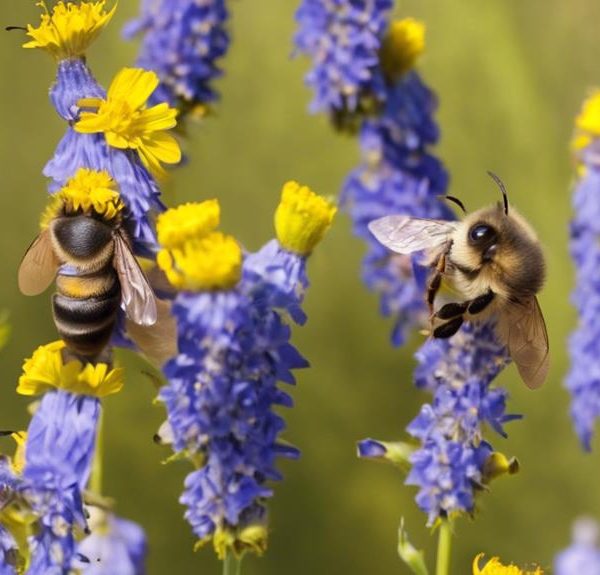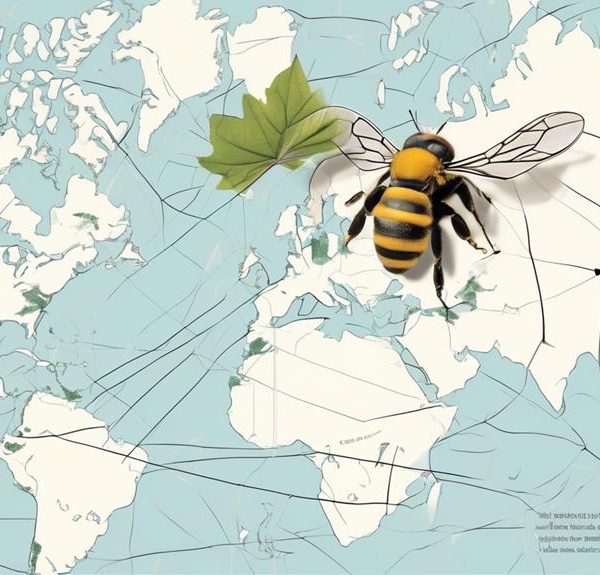Discover the fascinating egg-laying habits of leaf cutter bees and how it affects their intriguing lifecycle.
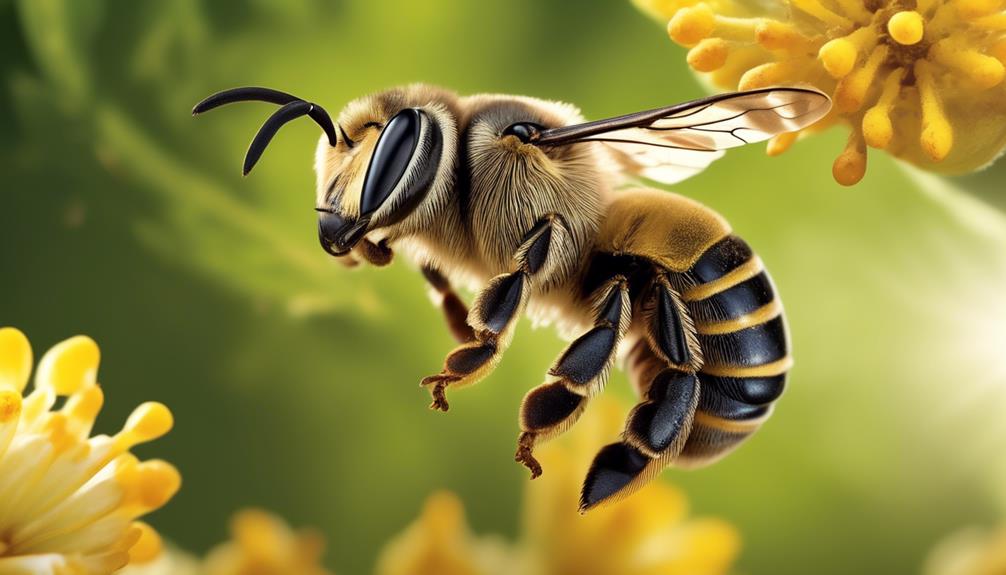
When Do Leaf Cutter Bees Lay Eggs
Have you ever wondered when leaf cutter bees lay their eggs? These fascinating insects, known for their unique leaf-cutting behavior, have a specific life cycle that's tied closely to their nesting and egg-laying habits.
As a gardener or nature enthusiast, understanding these patterns can help you create a more welcoming environment for these beneficial pollinators. So, let's get you started on this journey of discovery, exploring the intricacies of leaf cutter bees' reproduction, and leaving you eager to uncover more about their captivating life cycle.
Key Takeaways
- Leaf cutter bees lay eggs during the warm summer months.
- Female leaf cutter bees create nests in softwood or plant stems and fashion small leaf fragments into cylindrical cells.
- Each cell contains an egg deposited atop a ball of pollen and nectar.
- Leaf cutter bees typically lay up to 35 eggs in their lifetime during a single summer.
Understanding Leaf Cutter Bees
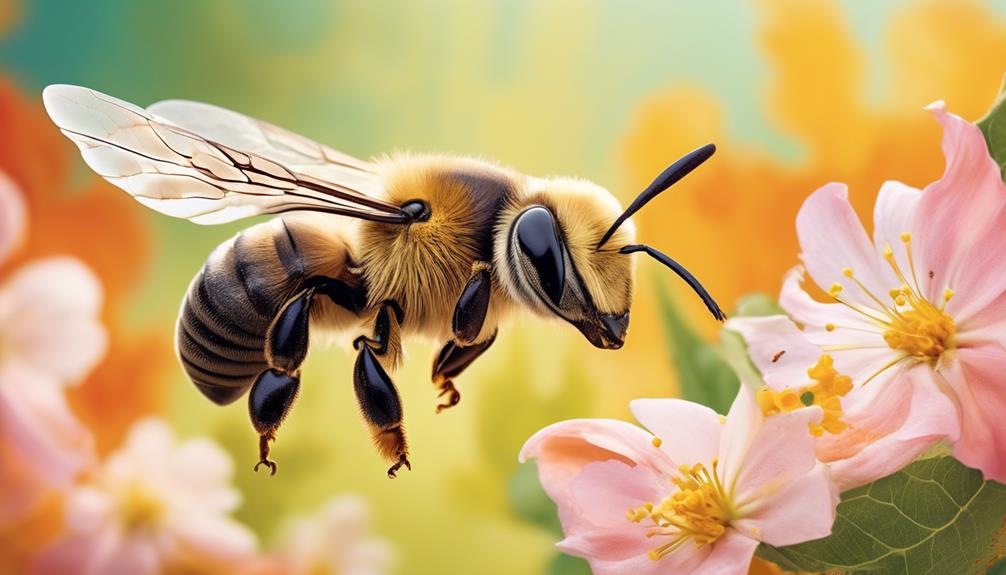
To truly comprehend the unique biology of leaf cutter bees, you must delve into their distinct egg-laying behavior, a process that showcases their remarkable adaptability and precision.
Unlike many other bee species, leaf cutters are solitary creatures. They don't establish large hives but instead, they opt for individual nests, often in the ground or dead wood.
You'd be amazed at their industrious nature. These bees meticulously cut small pieces of leaf material, which they carry back to their nest. They assemble these into a protective cell, where they deposit a single egg along with a food supply of pollen and nectar. This precise provisioning ensures that the developing larvae have the necessary sustenance for growth and maturation.
What's fascinating is that their egg-laying process isn't a one-time event. After laying an egg, they seal the cell and repeat the process, creating a series of cells within their nest. This behavior demonstrates their exceptional resourcefulness and resilience, key attributes that ensure their survival.
Lifecycle of Leaf Cutter Bees
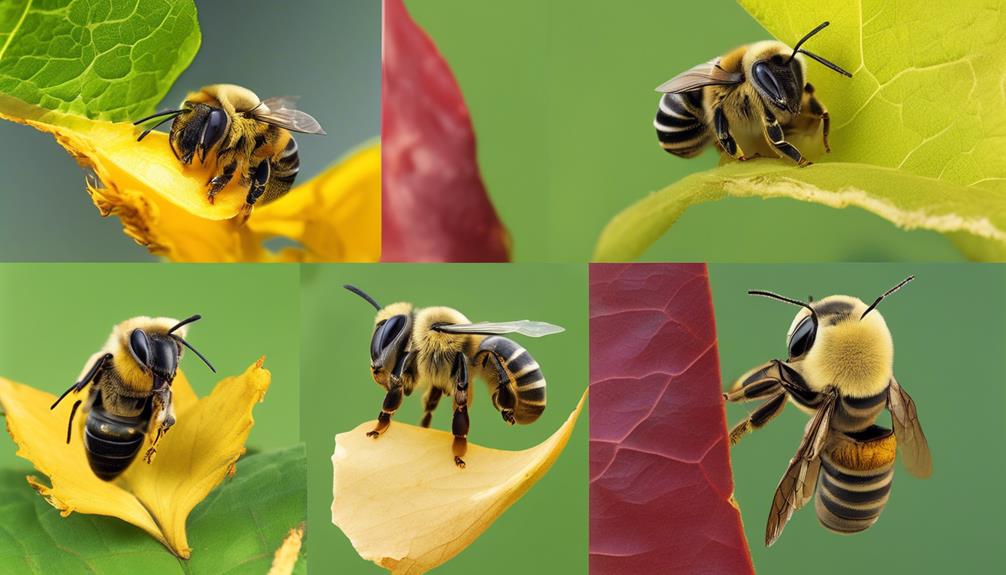
Building on this understanding of the leaf cutter bee's meticulous egg-laying process, let's now explore their lifecycle, which is equally fascinating and complex.
The lifecycle of leaf cutter bees is a multi-staged journey that begins with eggs laid by a female bee. You might be surprised to learn that female bees are solitary, making their own nests in soft, rotting wood or in the ground. The female prepares a cell with a mix of pollen and nectar, then lays an egg on top. She then seals the cell with leaf cuttings, providing food and shelter for her offspring.
This egg hatches into a larva, which feeds on the pollen and nectar mix until it grows into a fully formed bee. After pupation, the adults emerge, marking the start of a new generation. This whole process, from egg to adult, takes about 6 weeks.
Nesting Habits Explained
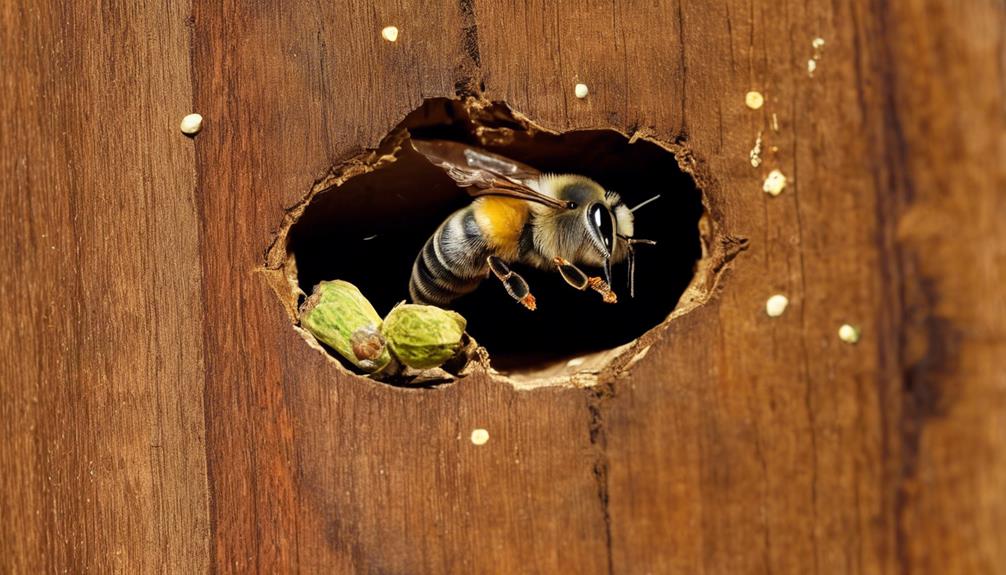
Let's delve into the intriguing nesting habits of leaf cutter bees, a solitary species known for constructing individual nests in soft, decaying wood or in the soil. These bees meticulously shape their nests into cylindrical tunnels, lining them with perfectly cut leaf pieces. In each of these tunnels, a single egg is laid, provisioned with a ball of pollen and nectar for the larvae to feed on after hatching.
Unlike social bees that share a hive, leaf cutter bees build and manage their nests alone, demonstrating an impressive level of autonomy and resilience. Each nest consists of multiple brood cells, each housing an egg and its food supply.
Here's a quick overview of the nesting process in a tabular form:
Step | Description |
|---|---|
Excavation | The bee excavates tunnels in soft, decaying wood or soil. |
Lining | The tunnels are lined with cut leaf pieces. |
Provisioning | Each cell is provisioned with pollen and nectar. |
This detailed, step-by-step process showcases the leaf cutter bee's remarkable adaptability and industrious nature, providing a fascinating glimpse into their solitary world.
Egg Laying Period of Leaf Cutters
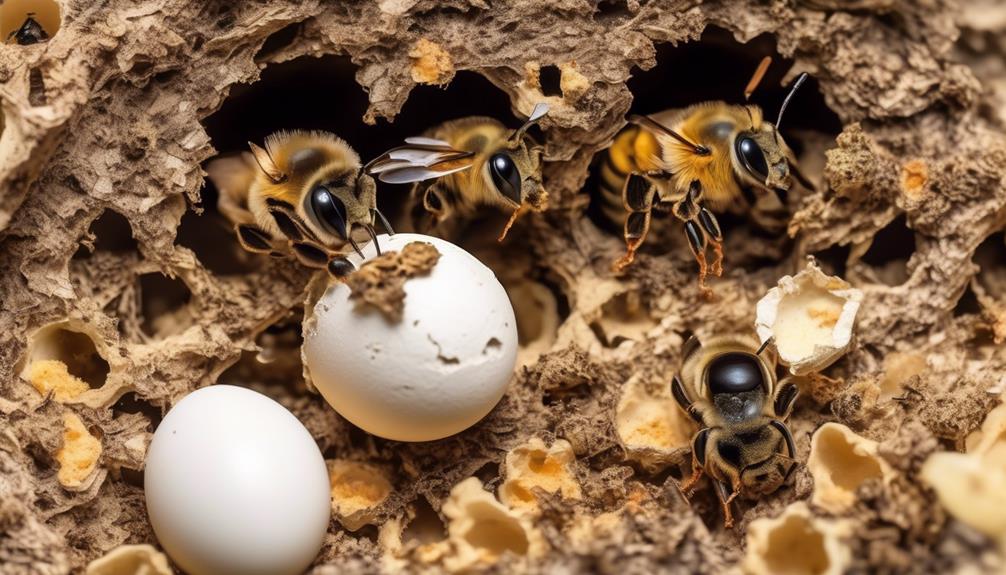
During the warm summer months, you'll find leaf cutter bees engaged in their egg-laying period, a critical phase that further elucidates their unique reproductive behavior. Unlike honeybees, leaf cutters are solitary creatures, with each female having the responsibility of reproducing and caring for her offspring.
In this period, the female leaf cutter bee starts by creating a nest, often in softwood or plant stems. She then embarks on her unique leaf-cutting mission, fashioning small leaf fragments into a cylindrical cell within the nest. It's within this leafy cell that she lays her egg, depositing it atop a ball of pollen and nectar she's collected.
Once she's laid an egg, she seals the cell with more leaf fragments, effectively creating a safe nursery for her offspring. She continues this process until she's filled the nest with numerous cells, each containing a single egg.
It's typical for these industrious insects to lay up to 35 eggs in their lifetime, which spans a single summer. The bees' egg-laying period, therefore, tends to be concentrated and highly productive, showcasing their remarkable reproductive efficiency.
Protecting Leaf Cutter Bee Populations
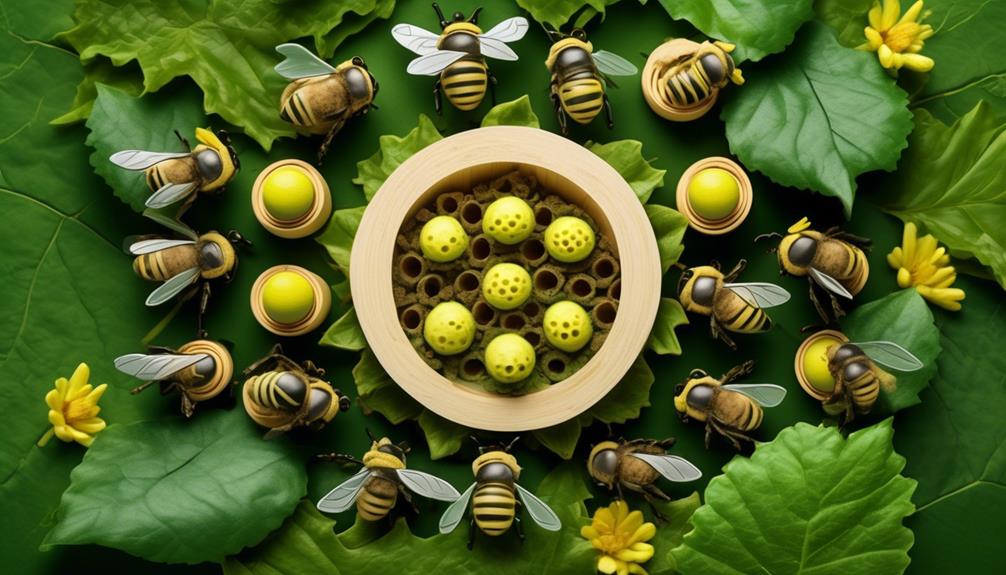
How can we safeguard the populations of leaf cutter bees, these industrious, solitary creatures critical for the balance of our ecosystems? At the core of the solution is creating and maintaining suitable habitats for them to thrive.
Starting off, you could cultivate a variety of native flowering plants in your garden. It's essential for these bees as they rely on these plants for food and nesting material. Likewise, avoiding the use of pesticides is another vital step. These chemicals often harm non-target species, including our precious leaf cutters.
Next, consider installing bee houses. These structures provide safe spaces for bees to nest and lay their eggs. Ensure these houses are well-ventilated and placed in areas with morning sun exposure. However, also make sure they're safe from wind and rain.
Lastly, appreciate their role in our ecosystem. Leaf cutter bees aren't just another bug in your garden. They're pollinators that contribute to biodiversity. By understanding their importance, you'll be more inclined to protect them.
Conclusion
So, you've learned that leaf cutter bees lay eggs during the summer, incorporating leaves into their unique nests. This remarkable cycle, influenced by temperature and availability of vegetation, contributes to their survival.
Understanding their lifecycle and nesting habits is crucial, not just for scientific interest, but for preserving these vital pollinators.
Remember, every insect has a part to play in our ecosystem, and the leaf cutter bee is no exception.
Let's protect and respect these tireless workers.

